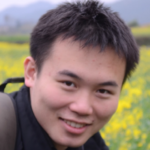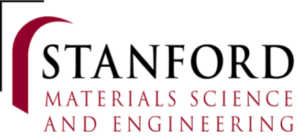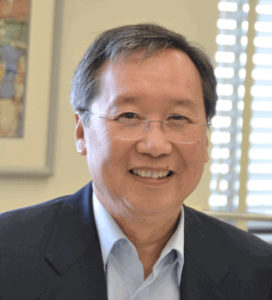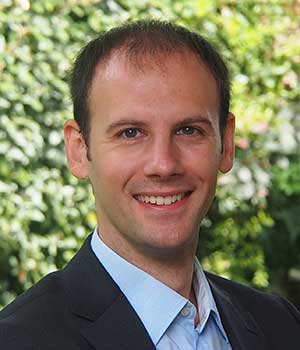
We are releasing today the next major version of BerkeleyGW. BerkeleyGW 2.0 represents the culmination of nearly two years of development effort, and this release contains a number of important new features and capabilities including:
1. The initial release of ParaBands: a new tool for efficiently generating wave-function files including many empty orbitals required for BerkeleyGW calculations.
2. Full BSE calculations that do not employ the Tamm-Dancoff approximation.
3. Improved algorithms for k-point sampling in 2D, which include the newly proposed nonuniform neck subsampling (NNS) and the cluster sampling interpolation (CSI) algorithms.
4. Accelerated full-frequency GW calculations through the use of a low-rank subspace approximation for expressing the dielectric matrix. In fact, large-scale full-frequency GW calculations are now faster than calculations using plasmon-pole models!
5. Significant performance improvements throughout, but particularly in the calculation of the full-frequency dielectric matrix and evaluation of the full-frequency Sigma operator. Continued optimizations were made throughout the package for multi- and many-core architectures including Intel Xeon-Phi, which allows BerkeleyGW to scale half a million cores on Cori 2 for large-scale calculations!
6. Improved user and developer documentation, as well as a new quick reference guide (see the link on the top of the page).
We hope you enjoy this release, and let us know through the help forum if you encounter any problem!
– BerkeleyGW development team





 Symmetry, interaction and topological effects, as well as environmental screening, dominate many of the quantum properties of reduced-dimensional systems and nanostructures. These effects often lead to manifestation of counter-intuitive concepts and phenomena that may not be so prominent or have not been seen in bulk materials. In this talk, I present some fascinating physical phenomena discovered in recent studies of atomically thin two-dimensional (2D) materials. A number of highly interesting and unexpected behaviors have been found – e.g., strongly bound excitons (electron-hole pairs) with unusual energy level structures and new topology-dictated optical selection rules, massless excitons, tunable magnetism and plasmonic properties, electron supercollimation, novel topological phases, etc. – adding to the promise of these 2D materials for exploration of new science and valuable applications.
Symmetry, interaction and topological effects, as well as environmental screening, dominate many of the quantum properties of reduced-dimensional systems and nanostructures. These effects often lead to manifestation of counter-intuitive concepts and phenomena that may not be so prominent or have not been seen in bulk materials. In this talk, I present some fascinating physical phenomena discovered in recent studies of atomically thin two-dimensional (2D) materials. A number of highly interesting and unexpected behaviors have been found – e.g., strongly bound excitons (electron-hole pairs) with unusual energy level structures and new topology-dictated optical selection rules, massless excitons, tunable magnetism and plasmonic properties, electron supercollimation, novel topological phases, etc. – adding to the promise of these 2D materials for exploration of new science and valuable applications. Andrea Cepellotti, C2SEPEM postdoctoral scholar, is the 2018 Nicholas Metropolis Award for Outstanding Doctoral Thesis Work in Computational Physics Recipient.
Andrea Cepellotti, C2SEPEM postdoctoral scholar, is the 2018 Nicholas Metropolis Award for Outstanding Doctoral Thesis Work in Computational Physics Recipient.
